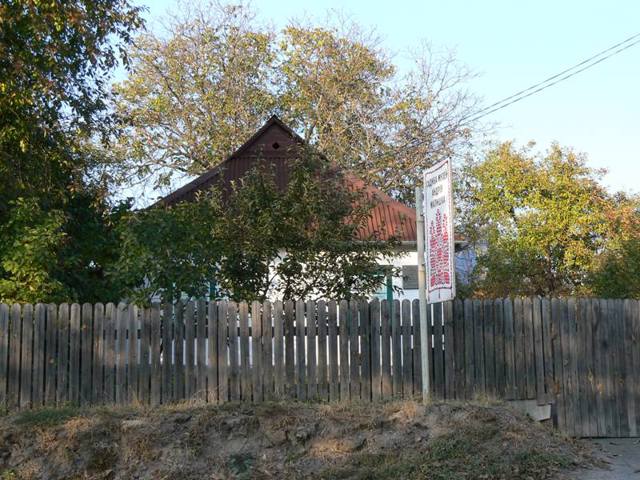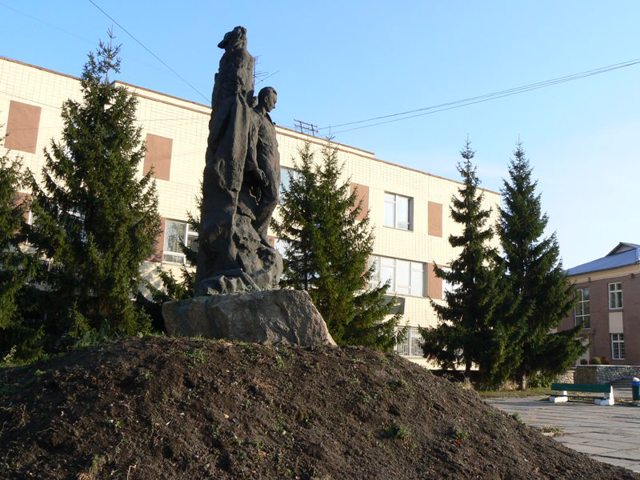Functional temporarily unavailable
General information about Obukhiv
The large industrial city of Obukhov is a southern suburb of Kiev. It was first mentioned in 1362 as Lukavitsa. The current name is associated with a subject of Prince Ostrozhsky named Obukh, to whom the village belonged for some time. In 1659, in the neighboring Germanovka, the Cossack Chornaya Rada took place, which overthrew I. Vyhovsky from the hetmanship. Obukhov is the birthplace of the poet A. Malyshko. Obukhiv City Day is celebrated on the third Sunday in September. Nearby, in the village. Kopachev, the Kiyv Rus Park is located - the center of culture and history of Ancient Rus.
Велике промислове місто Обухів - південне передмістя Києва. Вперше згадується в 1362 році як Лукавиця. Нинішня назва пов'язана з підданим князя Острозького на ім'я Обух, якому село належало деякий час. В 1659 році в сусідній Германівці відбулася козацька Чорна рада, яка скинула з гетьманства І. Виговського. Обухів - батьківщина поета А. Малишка. День міста Обухів відзначається в третю неділю вересня. Поруч, в с. Копачів, розташований Парк "Київська Русь" - центр культури та історії Древньої Русі.
Сплануй своє перебування у Obukhiv
What to see and where to go in Obukhiv
Tourist attractions and museums of Obukhiv

Andriy Malyshko Literary Memorial Museum-Estate
Museum / gallery
The museum-manor of Andriy Malyshko was opened in a house on the outskirts of Obukhov, where the future poet was born in 1912. The exposition is dedicated to the life and work of the poet, as well as the ethnography of the Southern Kyiv region. Of particular interest are Malyshka's personal belongings: a desktop with a typewriter, books, etc.

Obukhiv Museum of Local Lore
Museum / gallery
Obukhiv Museum of History and Local Lore is located in a modern library building in the center of Obukhiv. Of the 11 halls, the most interesting is the archeological hall, which exhibits monuments of archaeological cultures studied by archaeologist V. Khvoyko - Trypillia, Pidhirtsi, Zarubynets, Chernyakhiv. The exposition of the Cossack hall is interesting, because all Ukrainian hetmans visited the territory of the present Obukhiv region. Impressive diorama "Obukhov Fair of the late XIX - early XX centuries." with an area of 30 square meters. Also interesting is the diorama "Trypillia 1919", which recreates an episode of the struggle of peasant detachments against Bolshevik aggression. The largest area is the hall of the Second World War. There is a diorama here, which recreates the defense on the Trypillia bridgehead in 1941. The epic of forcing the Dnieper in the autumn of 1943 is widely represented. A monument to the poet A. Malyshko has been erected in front of the museum.
Reviews Obukhiv
Geographical information about Obukhiv
| {{itemKey}} | {{itemValue}} |
|---|---|
| Region |
Kyiv |


